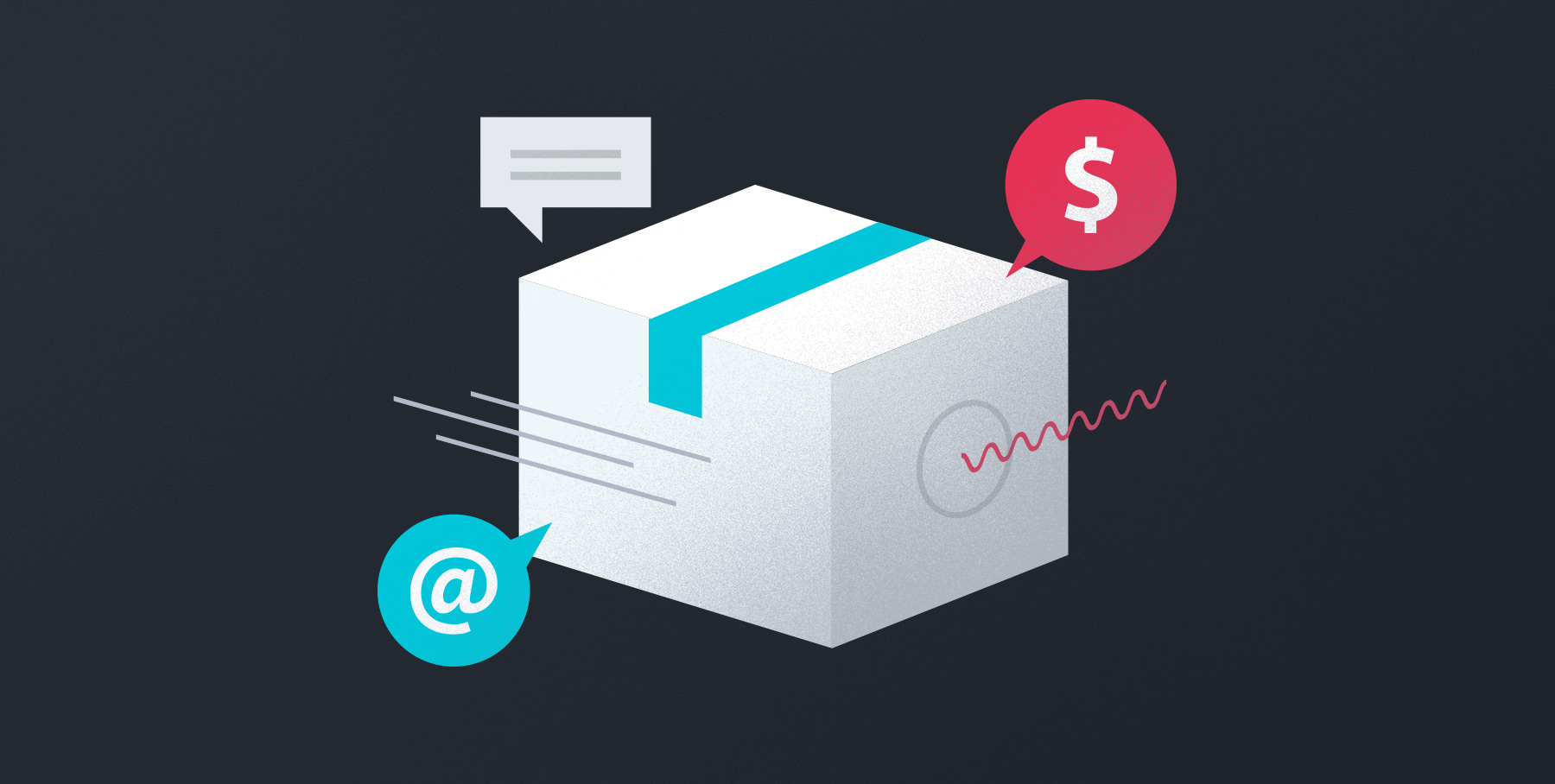
In almost every piece of marketing collateral you create, you need to do two things: get your customer’s attention and then make an impression on them with your brand or product.
And whether it’s in a billboard, radio ad, or email, you only have a matter of seconds to do it.
That’s why we can learn a lot from strategic packaging copy.
Think about it. The environment is ruthless — the product is literally up against the competition on the shelves. Customers are always in a hurry, usually making a decision in a matter of seconds. And they’re relying on gut instincts and emotions as their first impressions inform their buying decisions.
And those first impressions are important, whether it’s through our packaging or another piece of marketing collateral. Neuromarketing expert Roger Dooley has done a lot of research on first impressions, and he points out two key facts about them: first, they are created in milliseconds, before the cognitive parts of our brain have a chance to weigh in; and second, they persist, even after we learn facts later that contradict that early impression.
The key is to remember that your product is not the star of your copy. Your customer is. Your copy needs to make a connection with that customer and then show how your product solves a problem for them.
So let’s look at some stand-out packaging copy and why it works. Even if your business doesn’t have packaging to write for, there’s a lot to learn from this style of copy. You’ll be able to apply these three takeaways to any situation where you only have a few seconds to impress your potential customers.
Grab the Gold
Key takeaway: Connect with your customer’s pain point
As consumers, we’re always wondering, “What in it for me?”
If you lean into that question in your packaging copy, you can connect with prospective customers instantly.
That why I like this opening line in the packaging for Grab the Gold, a healthy snack bar.
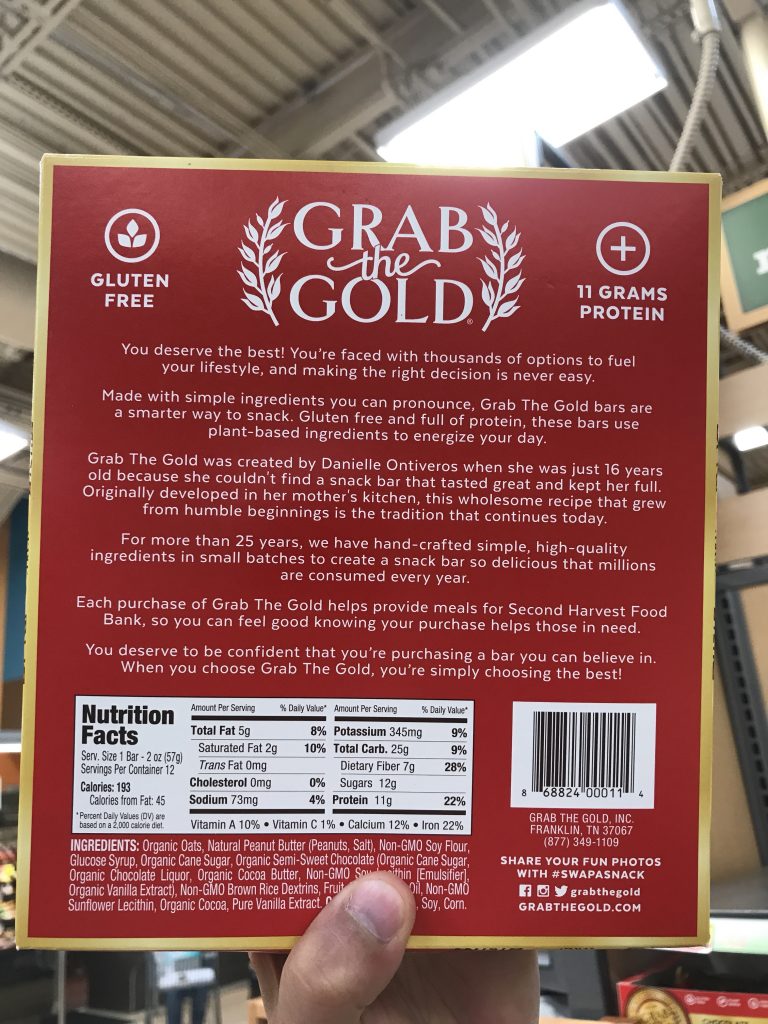
Most copy begins by talking about the product’s features. Grab the Gold, however, lead with a pain point a lot of us can identify with — that it’s hard to make good choices when you’re snacking.
You deserve the best! You’re faced with thousands of options to fuel your lifestyle, and making the right decision is never easy.
And then they show why and how their bar solves this problem. They also clearly state the upshot for customers: more energy for your day.
Made with simple ingredients you can pronounce, Grab the Gold bars are a smarter way to snack. Gluten free and full of protein, these bars use plant-based ingredients to energize your day.
Start with a pain point, and then your customers will actually listen when you talk about your features. Why? Because now they understand why those features matter and how they’re going to take away that pain point or problem you called out.
Maldon Sea Salt
Key takeaway: Sell benefits, not features
What are you really buying when you buy sea salt? On the surface, yes, you’re buying salt. But what you’re really after is better-tasting food.
That’s why this copy on the side of a box of Maldon sea salt is smart.

They “do the math” for the customer and remind them of what they’re really getting. Sure, this copy speaks to the features — taste, minerals, crunch, etc. — but they’re all framed up around the big idea: buying this salt makes your food taste great.
“Do the math” for your customers and you’ll stand out. Make them think too hard and they’ll move on to your competitor. Tell them what the end result will be if they buy your product.
Duke Cannon
Key takeaway: Differentiate yourself from everything else around you.
If you’re standing in the soap aisle trying to make a decision, Duke Cannon’s products will jump right out at you.
They orient every aspect of the product and brand to the man who is tired of using whatever soap his wife buys and keeps in the shower.
With a bit of humor and a lot of machismo, their copy instantly grabs your attention.
“Big Ass Brick of Soap,” for example, is not what you expect to see in a product description.
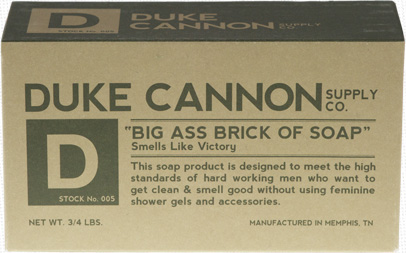
And when was the last time you saw “Not for clowns” in a feature list?
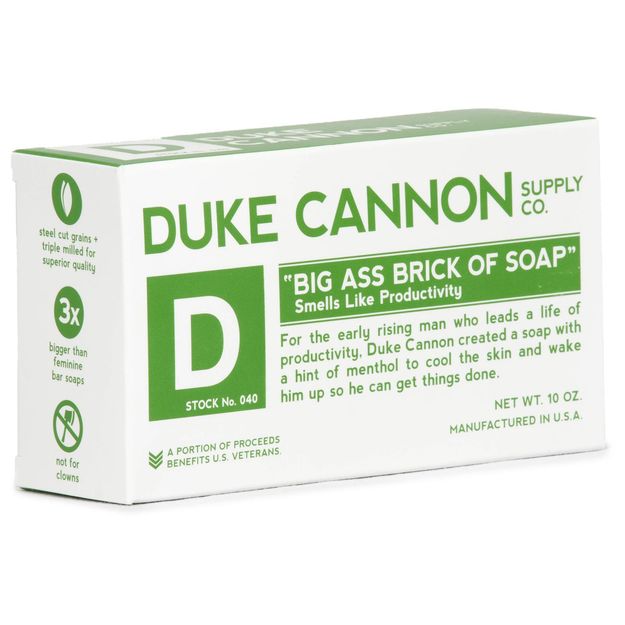
Yes, it’s hilarious. But it’s not just funny for the sake of being funny. It captures your attention and makes you keep reading. It differentiates itself from every other soap on the shelf.
Great packaging copy looks for every competitive advantage to differentiate itself. And that’s a powerful lesson for us to learn as business leaders. Every word we put in front of our customers is competing with something else — a bunch of other emails, other ads in the magazine, or even just the thousands of other things vying for our customer’s attention at any given moment. Whether it’s with humor, a strong brand point of view, or radical clarity, write copy that stands out.
Great packaging copy looks for every competitive advantage to differentiate itself.
—
No matter how you’re trying to get your message out, there’s a lot to learn from how these brands use their packaging copy to engage customers, forge strong first impressions, and boost their sales.
Have you ever bought a product because of what you read on the label? Leave a comment and share why.
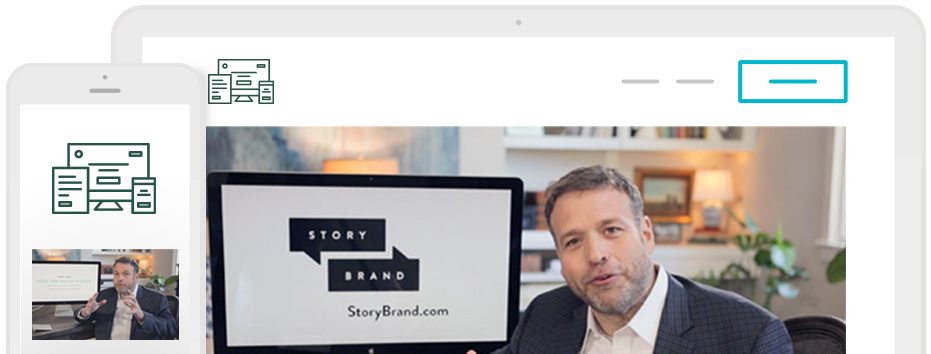
5 Things Your Website Should Include
If your website is missing these key elements, you’re most likely losing easy sales or leads. Our free video series shows you how to fix it.





